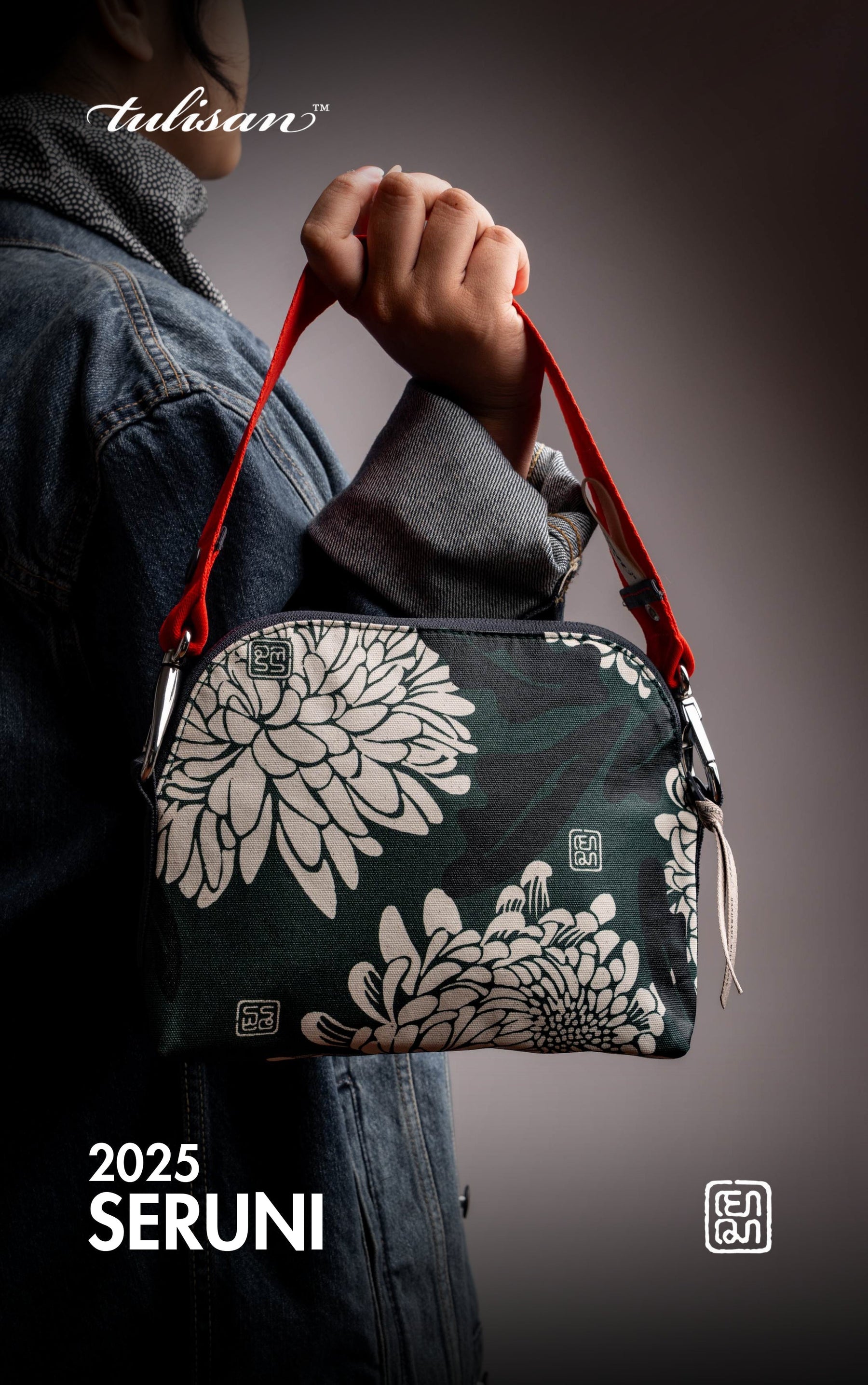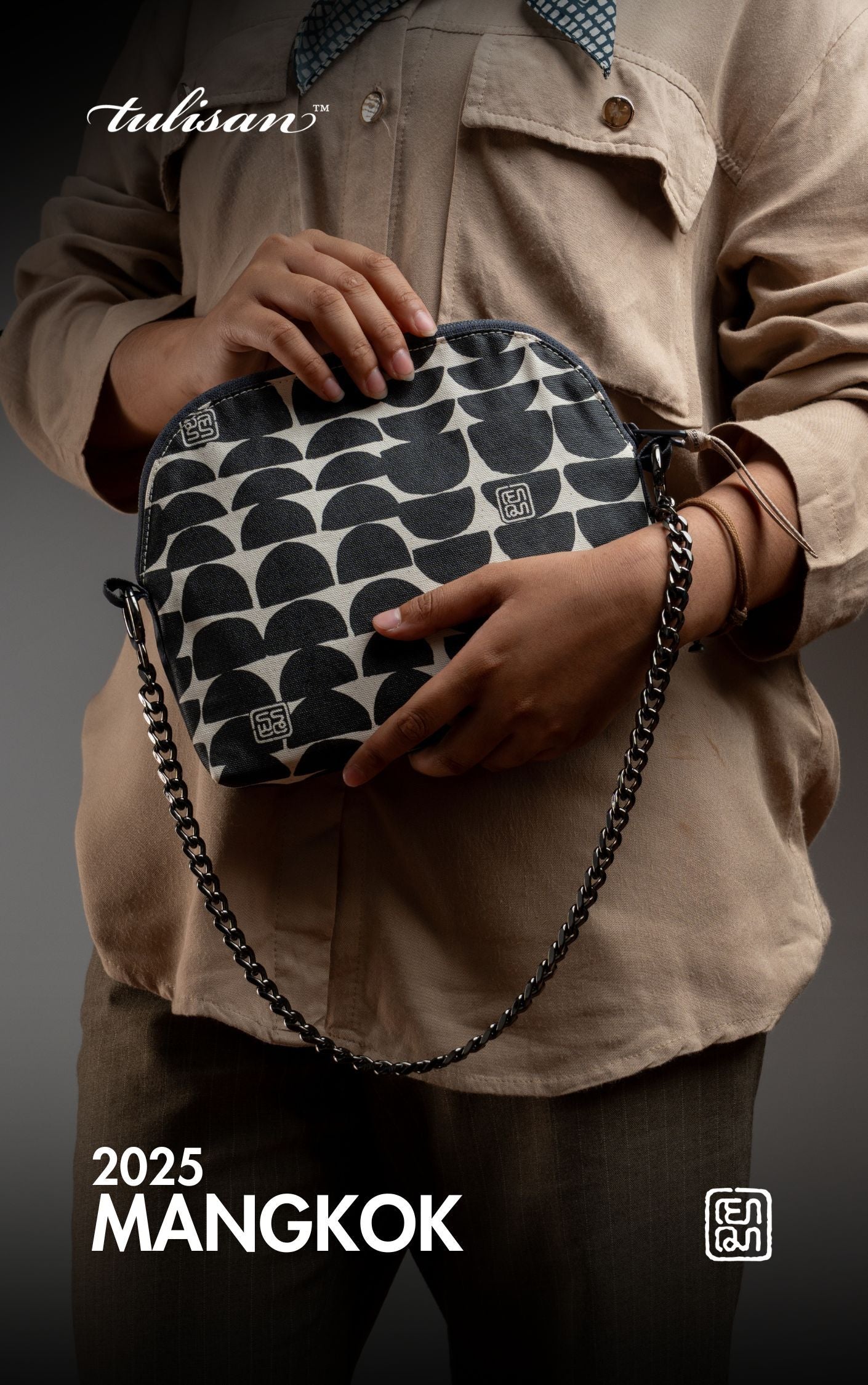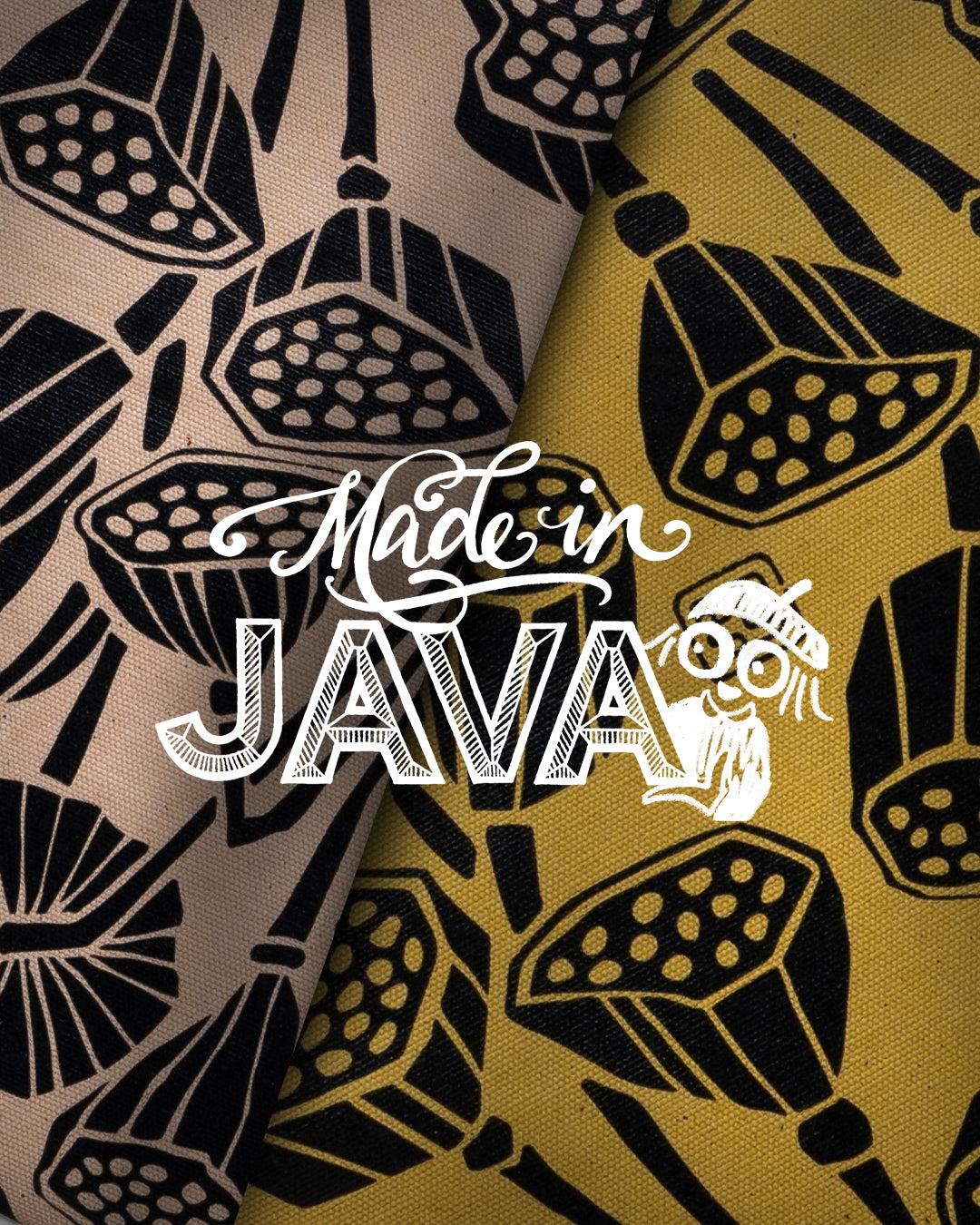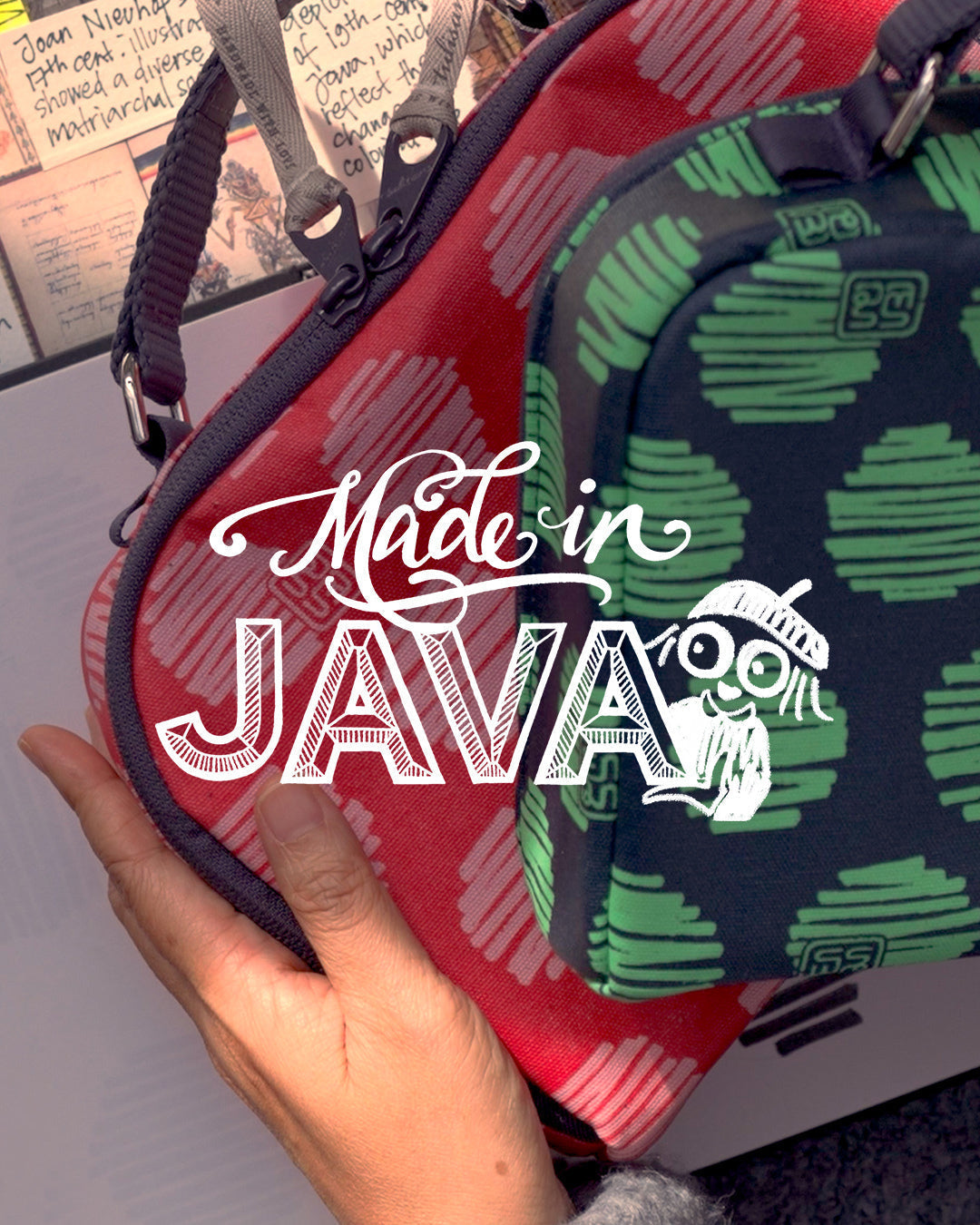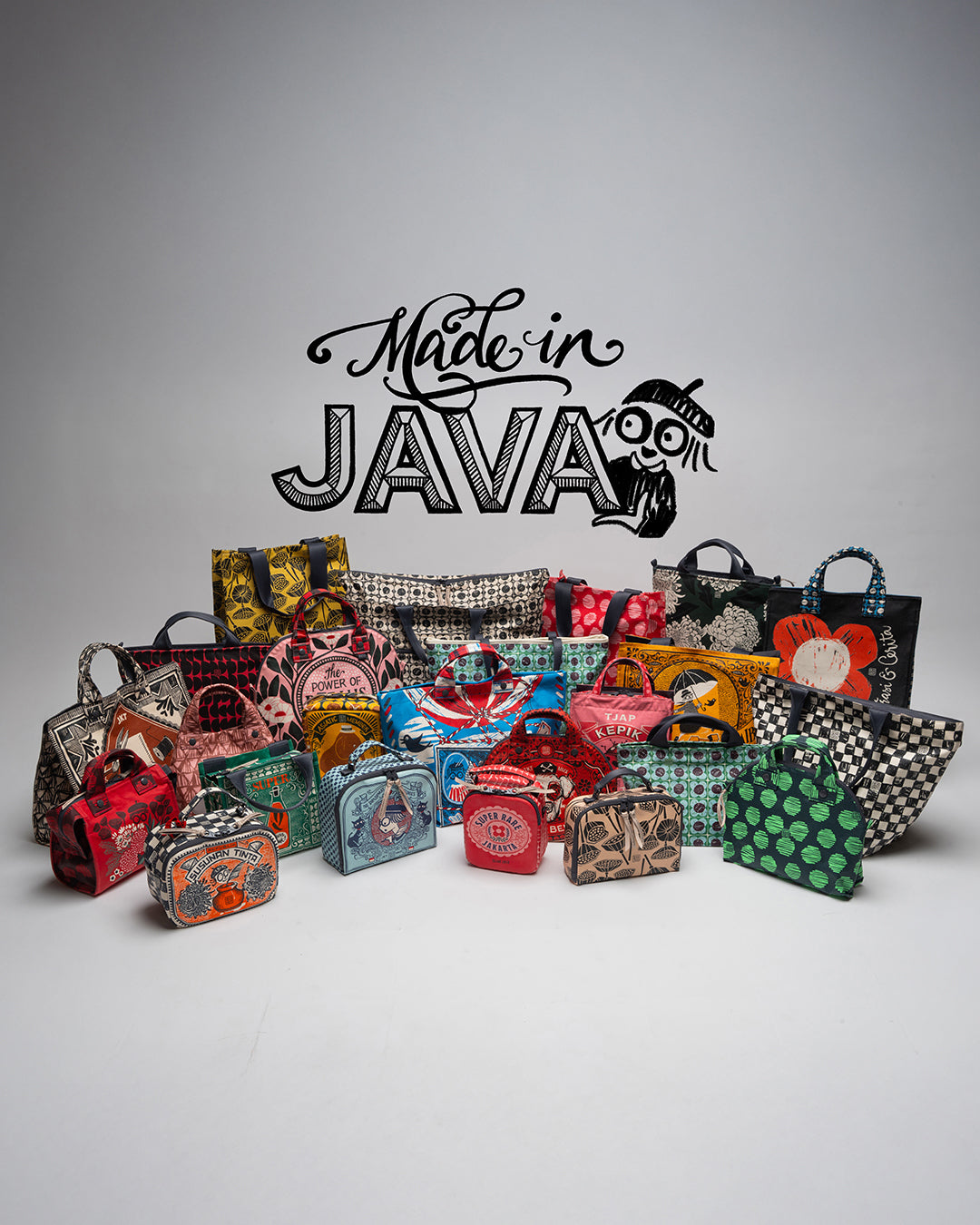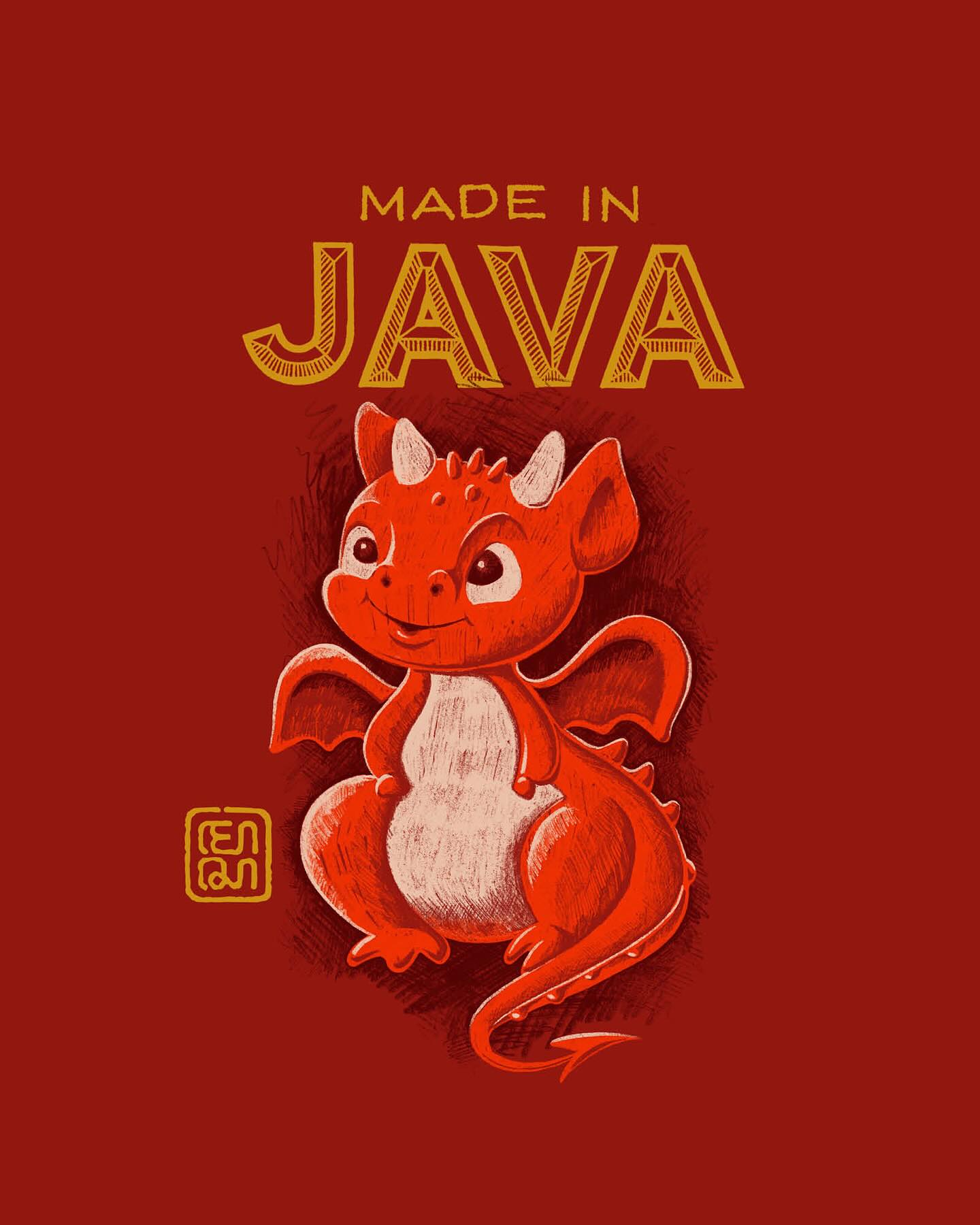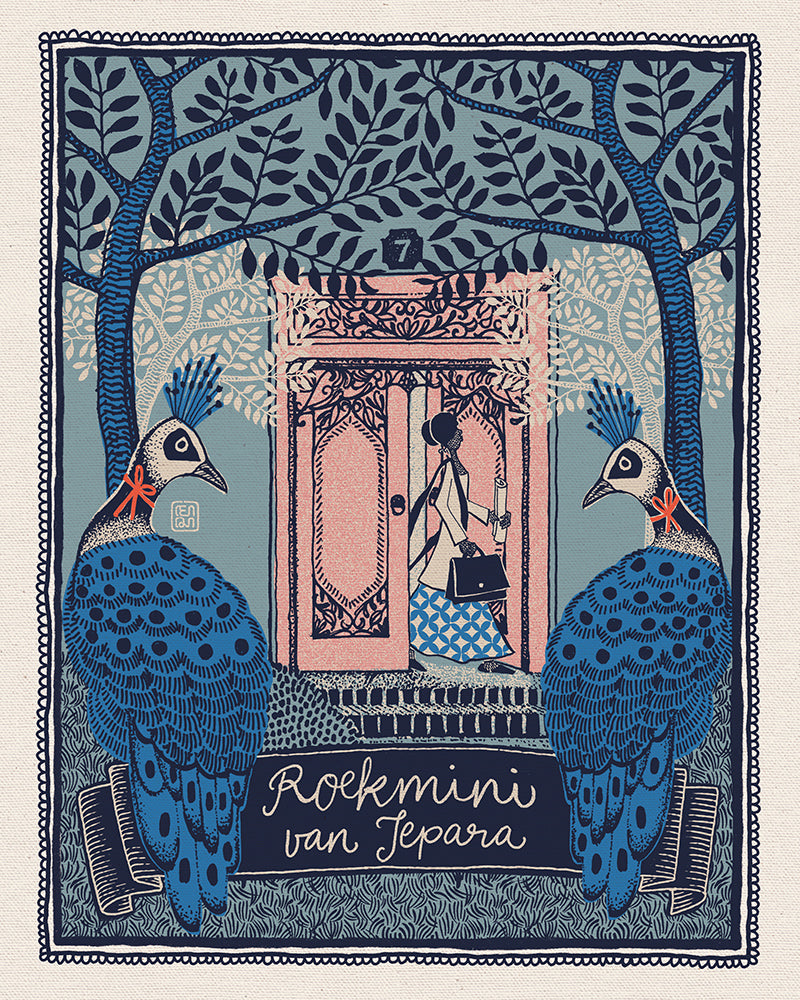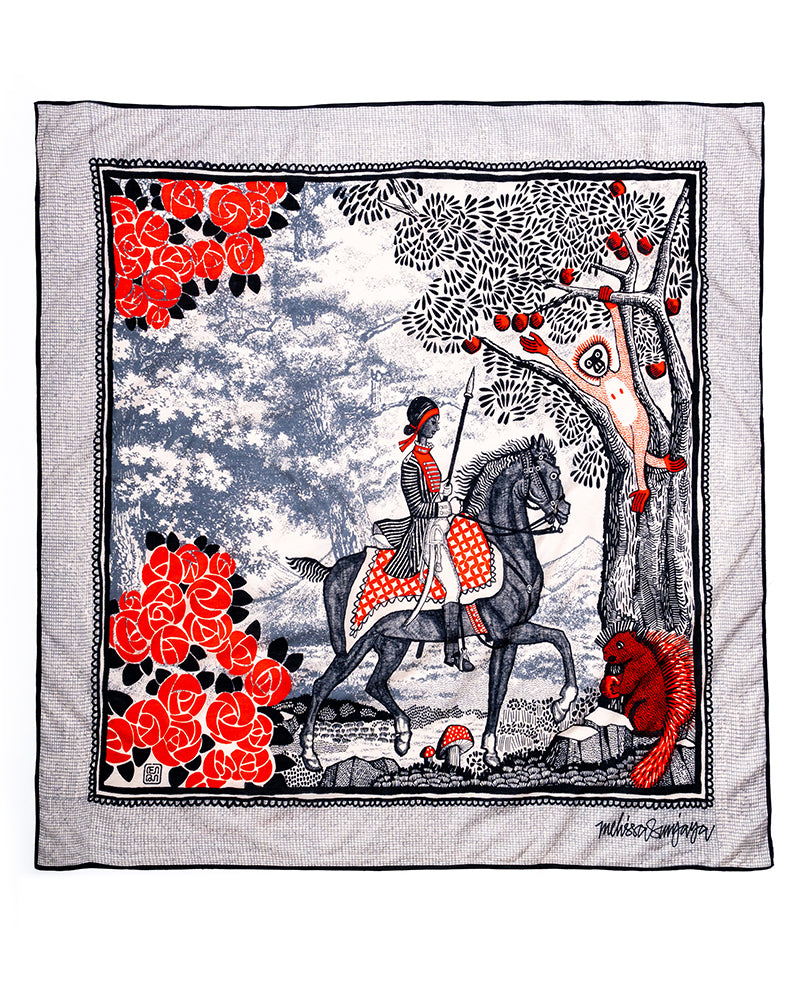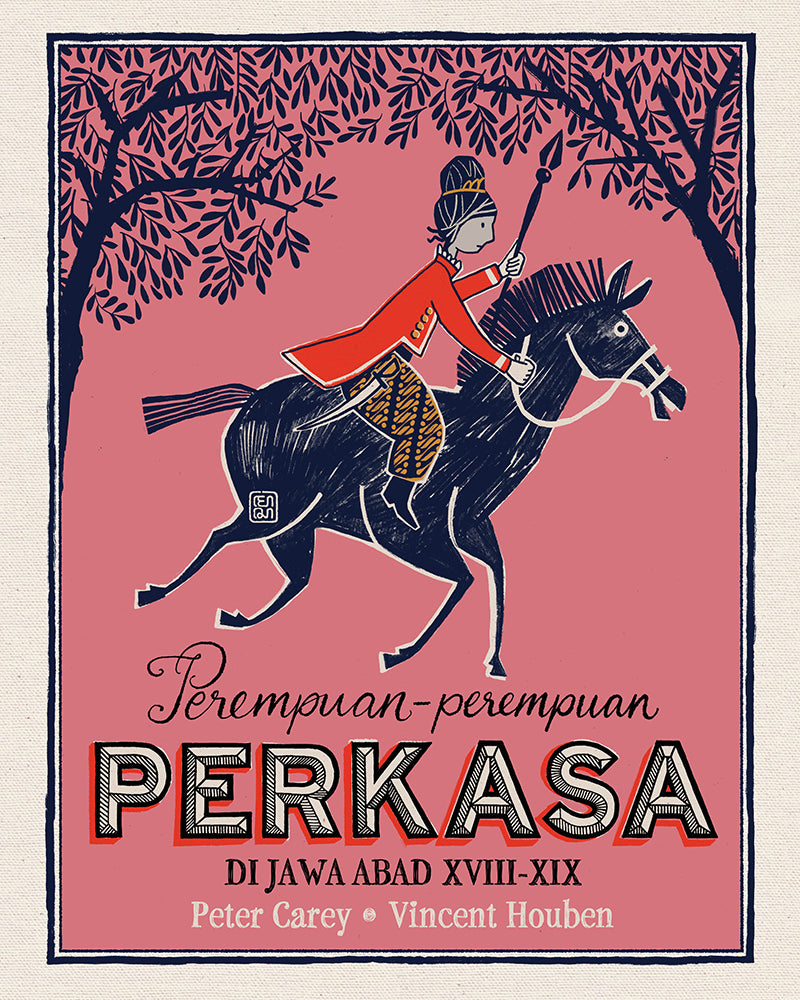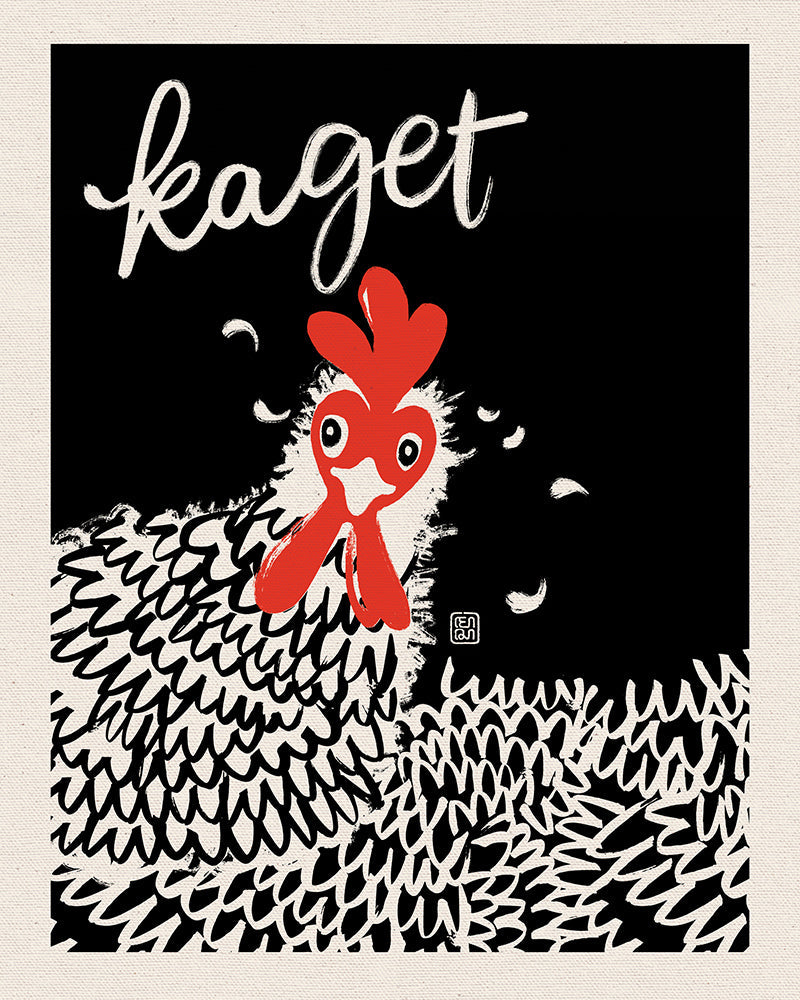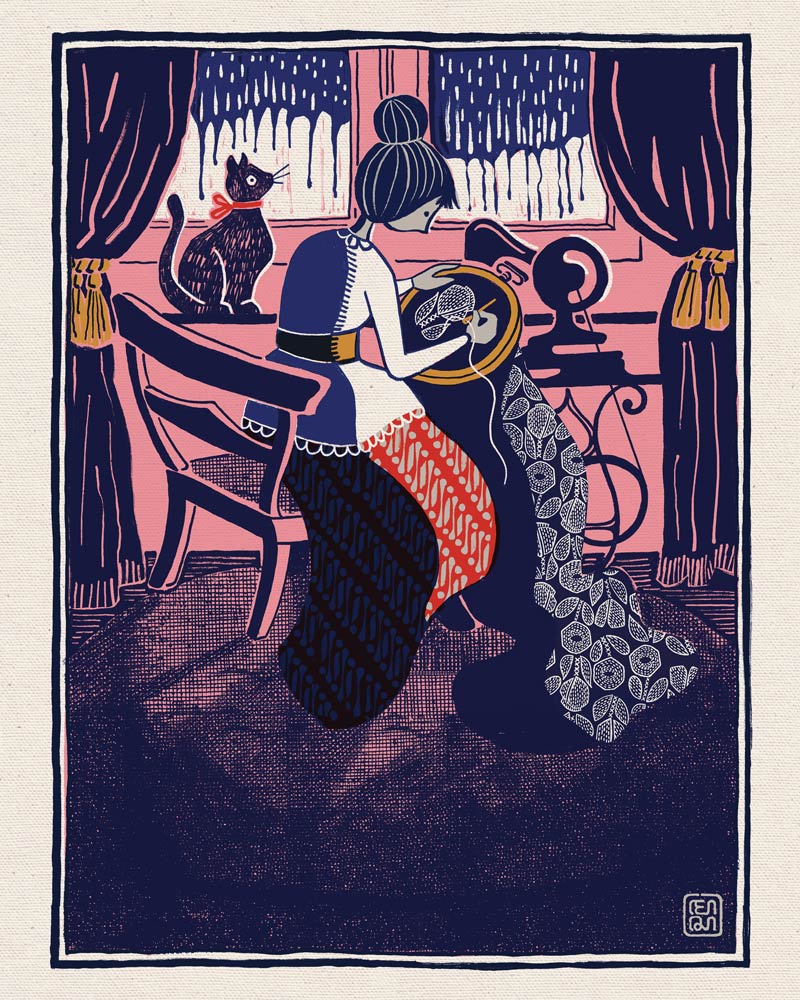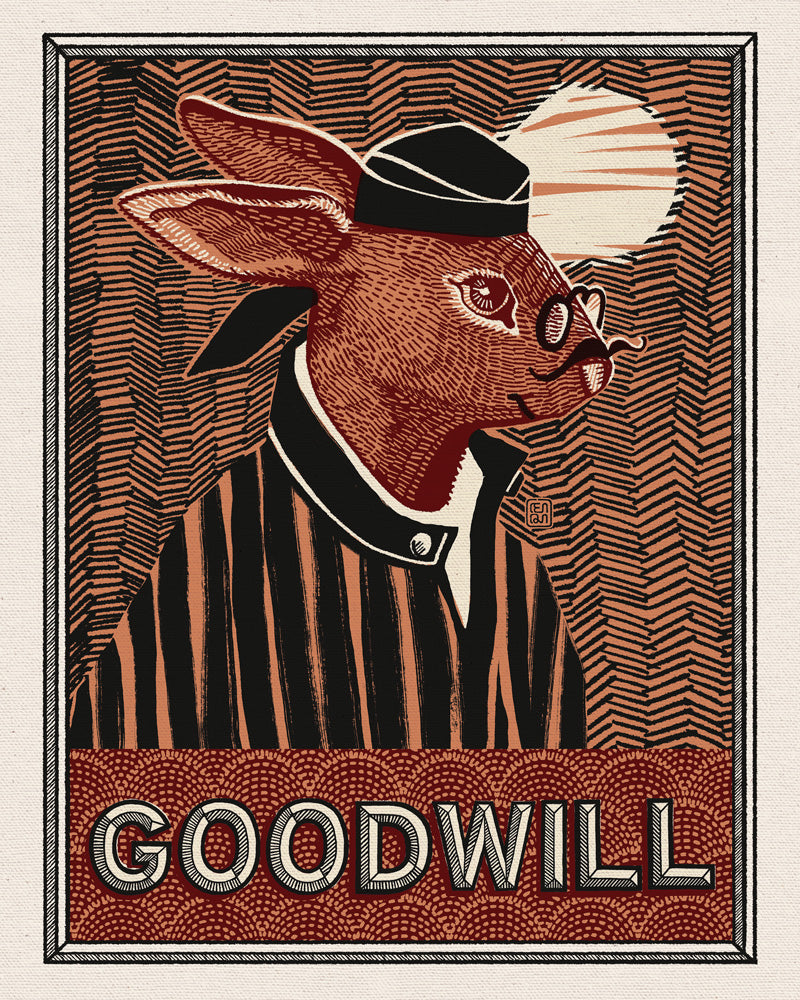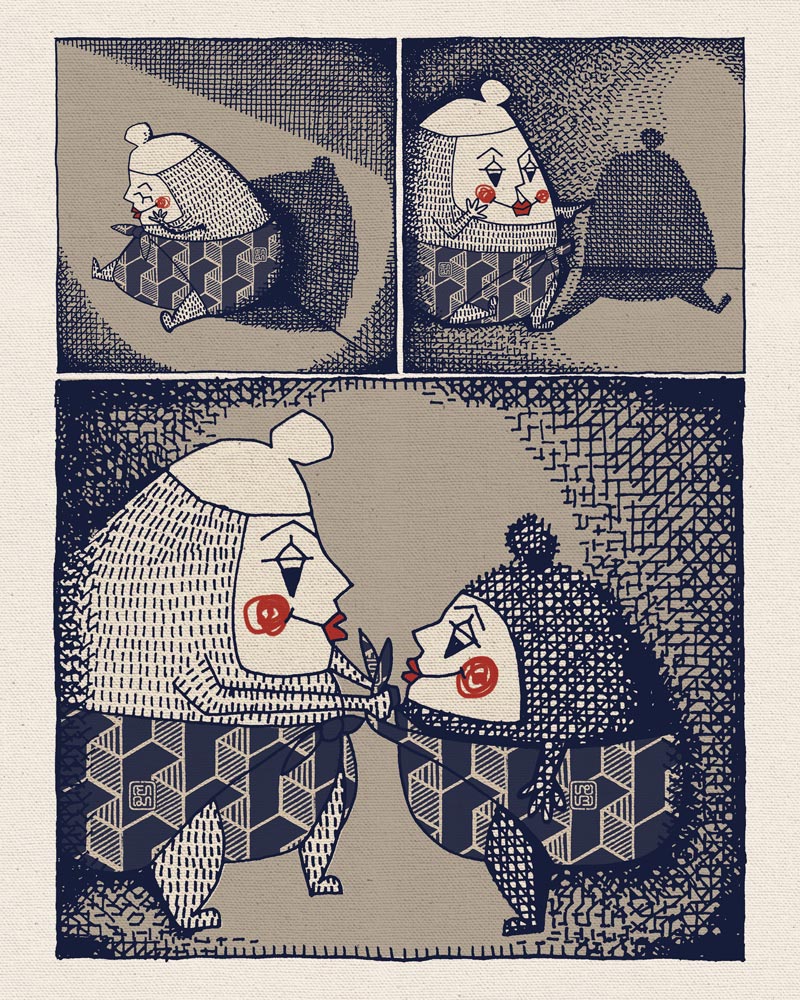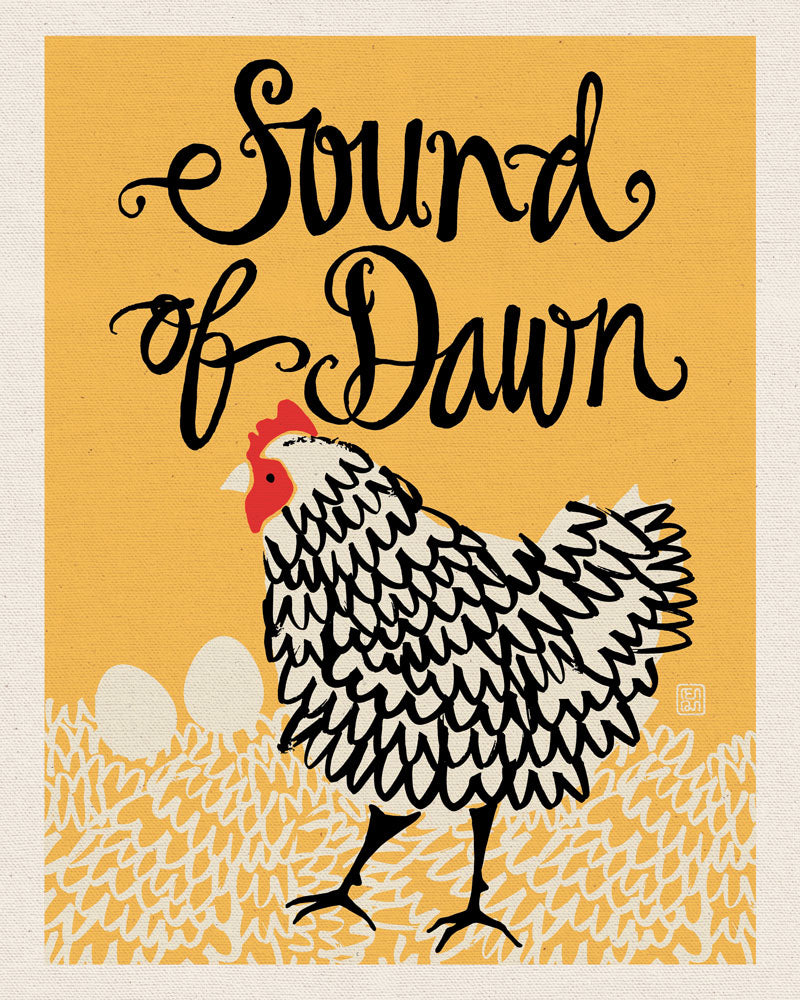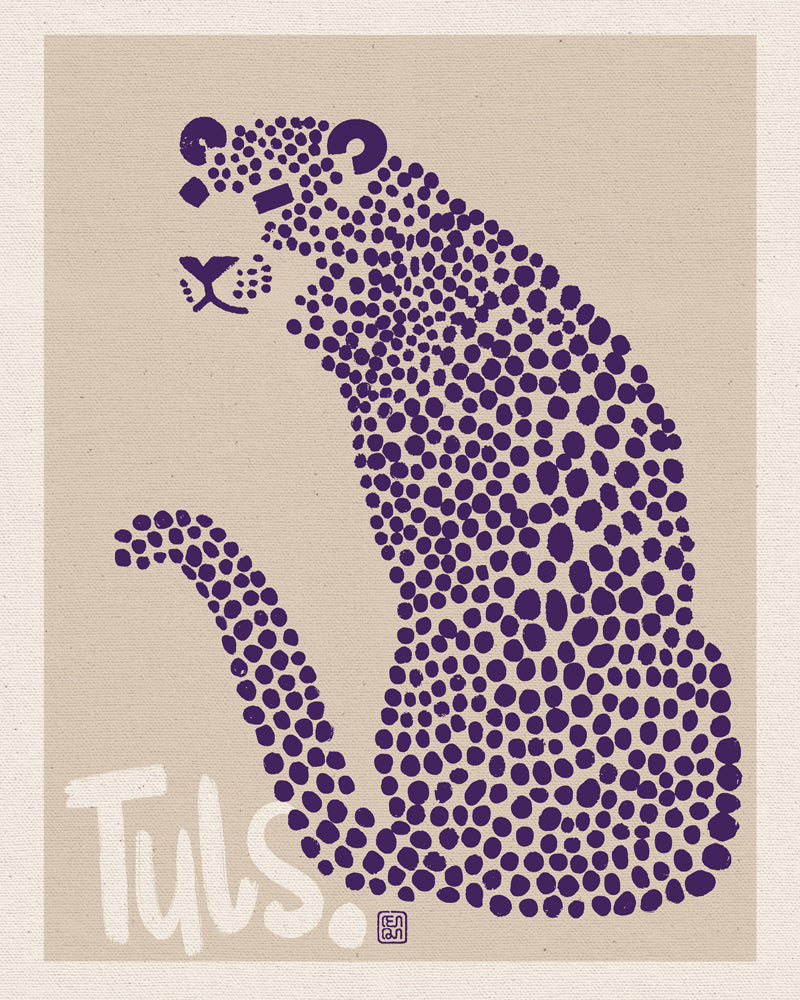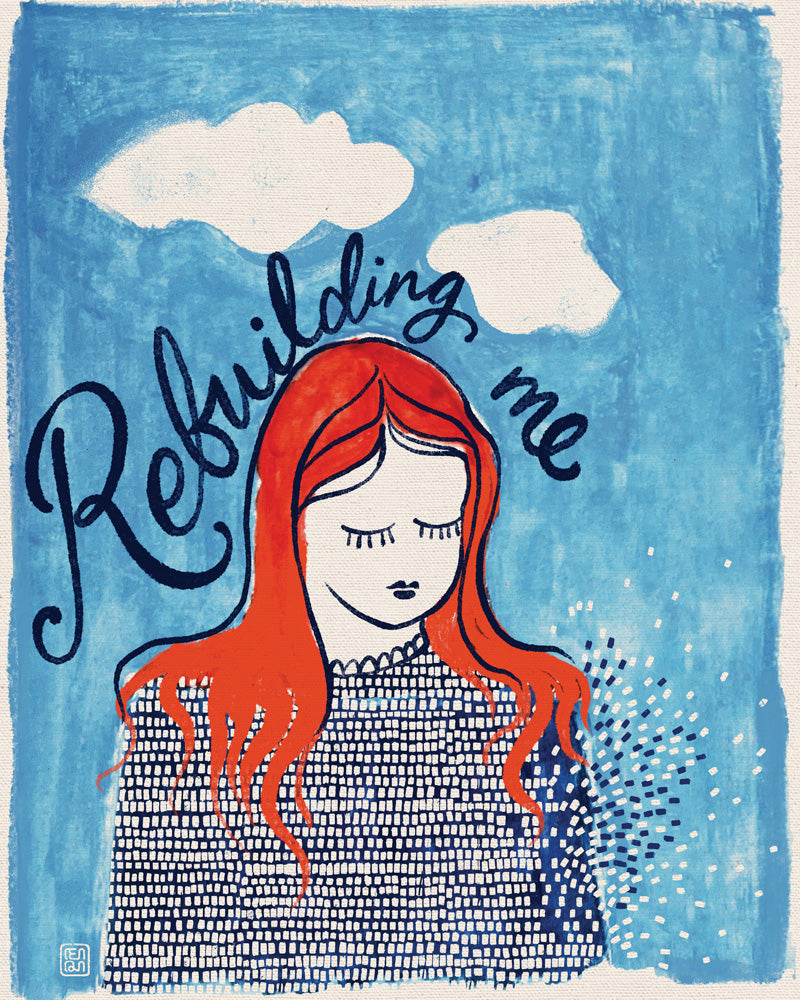
I used to write lots of letters as a way of understanding how my perception of myself relates to my view of the outside world. This fascination towards the poetry of epistolary is not just about recognising one’s personality but about consciously trying—often for the first time—to establish a connection between how one values oneself and how one sees the world around them (Sennett, 2021). Through these illustrated letters, I tried to convey the size of my country in relation to Europe or North America. The island of Java alone is three times the size of the Netherlands, a country which once colonised us for three and a half centuries. So, I wonder why people know so little about Indonesia, a nation that has produced so many commodities for the world. It is only in moments of authenticity—when we fully acknowledge our temporal existence, such as our connection to the past (heritage), our present engagement, and our future mortality—that we can clearly grasp our true being. In these moments, we “witness” our full temporal existence and understand being itself as the fundamental condition that allows anything to exist. The great philosopher Martin Heidegger suggests that the deepest understanding of “dasein” [existential being (being-in-the-world)] is only possible through radical truth (Richardson, 2012). –Melissa Sunjaya
Ref:
Richardson, J. (2012) Heidegger. 1st edn. Routledge. Available at: https://www.perlego.com/book/1620374 (Accessed: 23 January 2025).
Sennett, R. (2021) The Uses of Disorder. [edition unavailable]. Verso. Available at: https://www.perlego.com/book/3040248 (Accessed: 14 January 2025).



